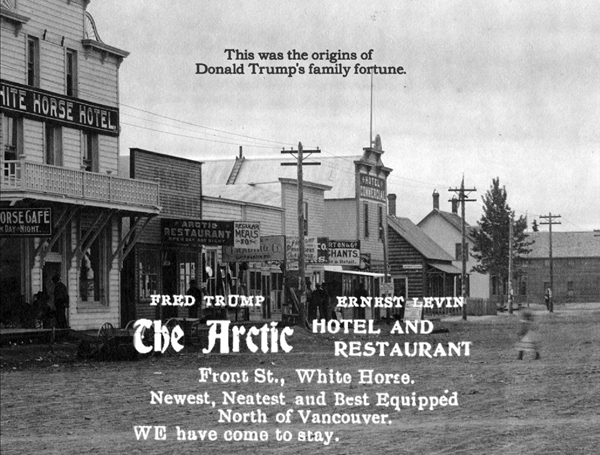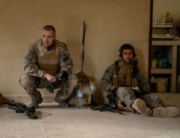![]() Dawson City: Frozen Time beautifully interweaves three marvelous stories, and is a must for cinephiles, history buffs, and anyone who just loves a fascinating tale told entertainingly. Bill Morrison brings an Arctic ghost town back to life and traces the actors and entrepreneurs of early cinema, whose lives, art, or work intersected here, as well as the series of amazingly chance coincidences that saved 553 reels of 372 silent films. Extensive clips from these now digitized rarities enhance the film, which is supported by lively interviews with residents, curators, and other historical footage.
Dawson City: Frozen Time beautifully interweaves three marvelous stories, and is a must for cinephiles, history buffs, and anyone who just loves a fascinating tale told entertainingly. Bill Morrison brings an Arctic ghost town back to life and traces the actors and entrepreneurs of early cinema, whose lives, art, or work intersected here, as well as the series of amazingly chance coincidences that saved 553 reels of 372 silent films. Extensive clips from these now digitized rarities enhance the film, which is supported by lively interviews with residents, curators, and other historical footage.
Morrison unfolds the storyline like a mystery. Just before John Wayne set off North to Alaska (1960), prospectors and profiteers headed to the Klondike Gold Rush in northwestern Canada in 1896. Dawson City sprung up on the permafrost at a traditional Tr’ondëk Hwëch’in tribe hunting camp, where the Klondike and Yukon Rivers meet 173 miles south of the Arctic Circle. Over three years, 100,000 prospectors set out to the town, some by boat or raft, most by hiking more than a hundred, grueling, vertical miles through the limited passes. Intrepid photojournalists captured their trek and harsh—many times romanticized—conditions, even as the photos fueled gold fever. Only 40,000 made it through to the main town, and only four percent found gold in the ground.
But others found gold in serving the miners. President Trump’s German immigrant grandfather Friedrich smartly stopped at the White Pass before Dawson City and opened a successful restaurant. Seeking to provide wholesome diversion after the boom, the Dawson Amateur Athletic Association opened in 1902 and started showing the new popular entertainment: movies. Dawson City became the last stop on the film distribution circuit two years after the movies’ initial release, and the studios didn’t even want the reels back. (For some studios, this is the last trace of their product.)
In the astounding clips from the 1910s to the 1920s, fiction and newsreel, Morrison uses long montages to explore and reveal attitudes and aspirations, as though we’ve entered a magic time machine. (But silent no more; the score is by Icelandic composer Alex Somers.) For some films with (too quickly) identified cast and crew, he illuminates their biographies and connections. Further getting into the mindset of the first decades of the 20th Century, he reveals how the views of World War I came to the Yukon. His favorite clip among the newsreels is the one that got him started on this project: the key play by the 1919 “Black” Sox that led to the infamous accusation of throwing the game for gamblers: the failed double play of the fourth inning of game one of the World Series. The excitement in the media and among baseball fans when he publicized this archival find in 2014 aptly demonstrates that it’s not enough to just physically preserve such an historical legacy. They also need to be seen and appreciated for their cultural significance.
The Library of Congress estimates that at least 70 percent of American silent feature films are lost. In Dawson City, like in so many places, the flammable nitrate stock is the main reason, besides fires as well as stripping out the silver from the film stock. Enterprising individuals figured out how to store the films there: first in a library, next in a bank vault, and then, when hockey became far more important to the locals, dumped to fill in a swimming pool that was turned into an ice rink. (Hockey players reminisce about mysterious strips of film that would sometimes pop through the ice.) Until a 1978 construction project unearthed the old cans of films, no one remembered the dangerous treasure buried in the permafrost.
While Morrison became known as one of the founders of the “found film” avant-garde for his abstract Decasia (2002), his recent films have told more emotionally cohesive stories, including The Great Flood (2013) and The Miners’ Hymns (2011). All his experience in cinema, archival research, and storytelling enchantingly come together in Dawson City.

















Leave A Comment